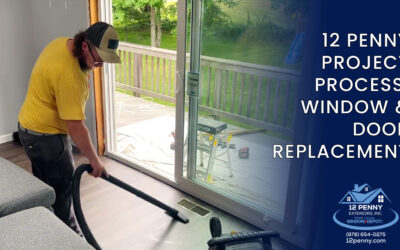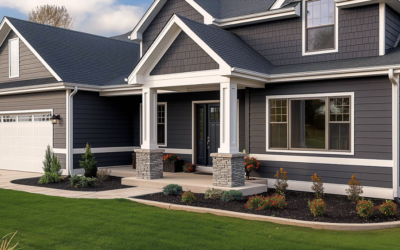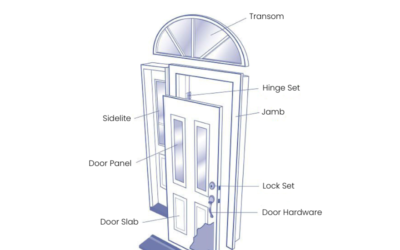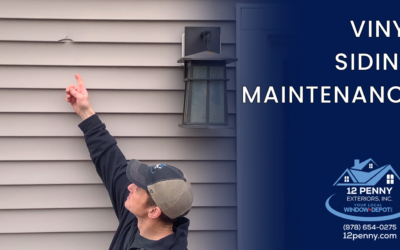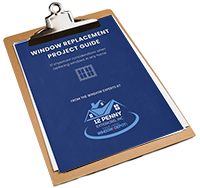
The siding of your home is like its skin- helping it look great but also protecting all the valuable stuff inside! Given all the good it does for your house, it’s important to make sure it stays in good condition. Watch above or read below for some signs that may indicate it may be time to consider replacing your siding:
- Visible Damage: Inspect your siding for any visible signs of damage, such as cracks, warping, or holes. If you notice significant damage, it may be time for replacement (we are happy to come over and do this with/for you!).
- Rot or Decay: Check for signs of rot or decay, especially along the bottom edges of the siding where it meets the foundation. If the siding is soft or shows signs of decay, it likely needs replacement.
- Fading or Discoloration: Over time, siding can fade due to exposure to the elements. If the color has significantly faded or if there are uneven patches of discoloration, it may be time to consider new siding for aesthetic reasons.
- Peeling Paint or Wallpaper Inside: If you notice peeling paint or wallpaper inside your home, it could be a sign of water infiltration through damaged siding. Damaged siding can allow moisture to seep into the walls, leading to interior damage.
- Increased Energy Bills: Poorly performing siding can contribute to energy loss. If you’ve noticed a spike in your energy bills, it might be worth considering if your siding is adequately insulating your home.
- Mold or Mildew Growth: Mold or mildew growth on or behind your siding is a clear sign of moisture-related issues. This can lead to health concerns and structural damage and may require siding replacement.
- High Maintenance Requirements: If you find yourself frequently painting, repairing, or maintaining your siding, it might be more cost-effective in the long run to invest in new siding that requires less maintenance.
- Warping or Bubbling: Warping or bubbling of the siding can occur due to exposure to extreme weather conditions. If you notice these signs, it may be an indication that your siding is no longer providing adequate protection.
Also remember that it certainly possible to do a partial siding replacement if not ALL the siding on your house needs replacement. Sometimes one side of the house receives the brunt of the weather and may be all that’s needed.
We are just a contact form away if you’d like to discuss the condition of your home’s siding and/or a possible project!

